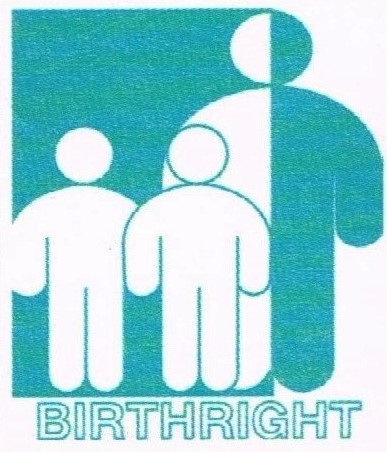Fifty years on - Birthright in the 2000s

The 2000s saw many changes in family types and make-up, including a steady rise in one-parent families, decreasing marriage rates and greater ethnic diversity, with around 1 in 5 New Zealand children born with two or more ethnicities.
In 2001, the proportion of women more likely to be single parents also differed significantly according to ethnic group and age. For example, Maori (41%) and Pacific (29%) children were more likely to be living as part of a one parent family, while European (17%) and Asian (12%) children were least likely to be living in this type of family.
Marriage rates, which had peaked in 1971, continued to decline. For example, in 2001, 36% of women aged 30-34 years and 22% of women aged 35-39 years had never married compared to around 5% of the same age range in 1971.
In 2004, the Government introduced the Working for Families package, which commenced operating on 1 April 2005 and included tax credits, childcare assistance and accommodation supplement payments.
This would replace the system known as Family Support, as well as the child components of the main social welfare benefits. The Guaranteed Minimum Family Income was renamed the Minimum Family Tax Credit and the level of support was changed to encourage working families to leave the benefit system.
In 2006, 44% of divorces involved families with children, a drop from 50% in 1996. Ten per cent of all households were headed by solo parents, the majority women, compared with 9.5% in 1996, 7% in 1986 and 5% in 1971.
During this decade, Birthright saw step and blended families become more common, which in turn created quite complex living arrangements for many children. This resulted in existing policies, laws and social norms being challenged and adapted to support these new and diverse family configurations.
By the end of the decade, the provision of financial assistance for one parent families was in place, as was the requirement for absent parents to financially contribute to the parenting of their children, and labour market policies had been introduced to support mothers and fathers in the dual role of worker and parent.
Read more about Birthright’s history and Birthright today.
